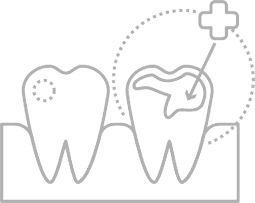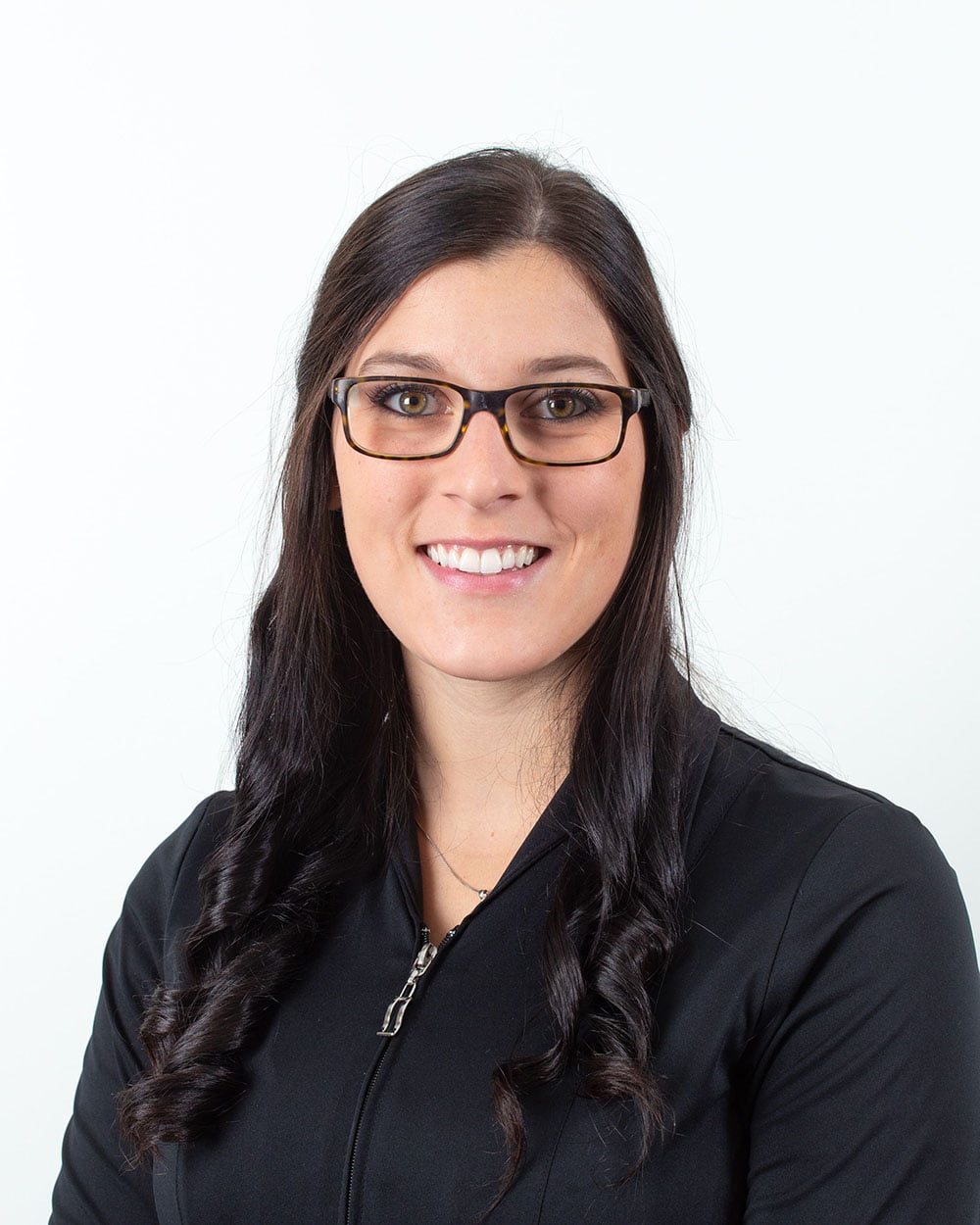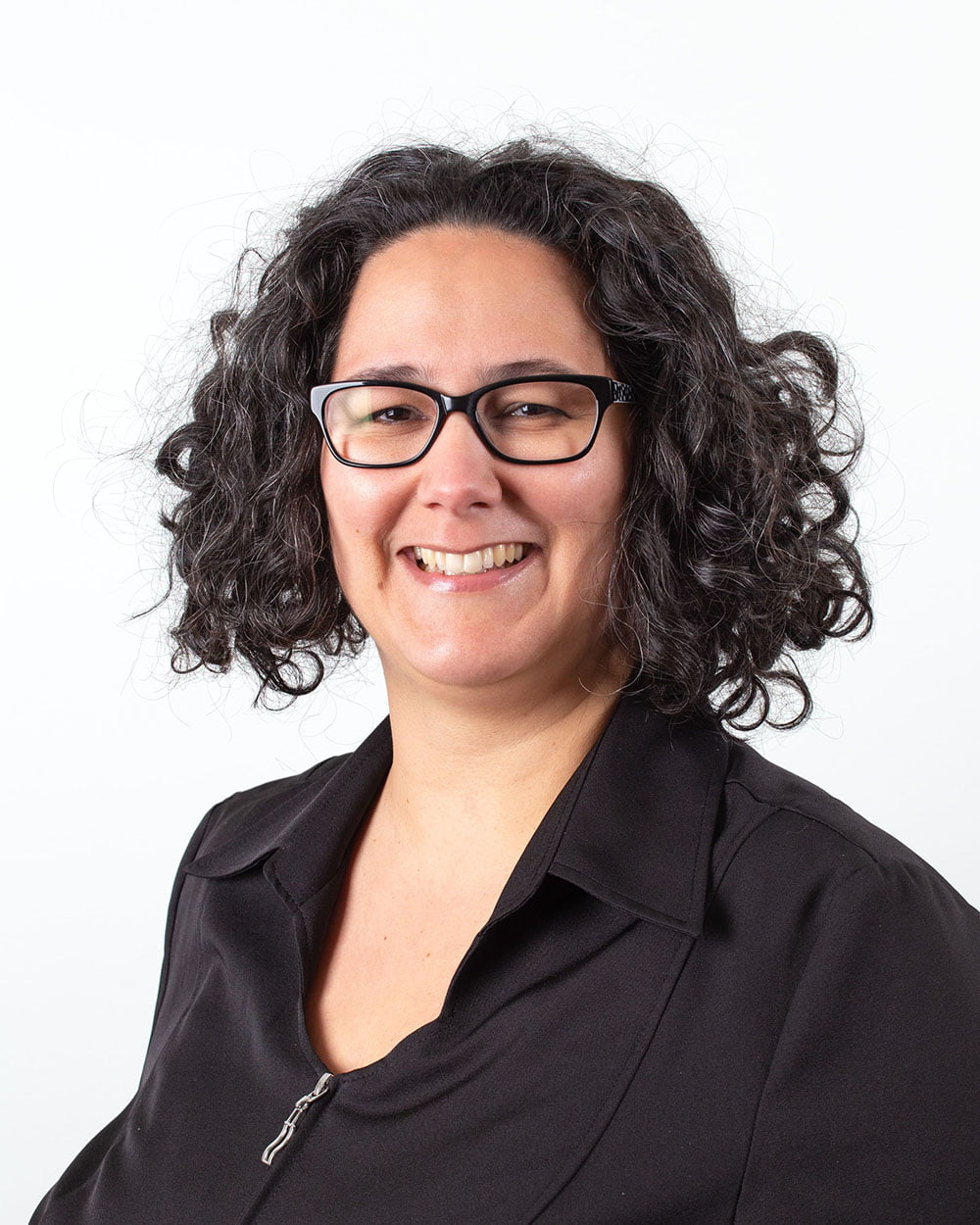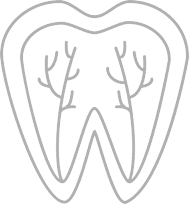About dentlarchipel
This author has not yet filled in any details.So far dentlarchipel has created 0 blog entries.

X-rays are one of the most useful diagnostic tools used during a dental examination. As in photography, digital imaging has established itself as the standard in dental radiology. It provides extremely high resolution, while requiring much less X-ray exposure than traditional radiography. Also, software can process digital radiographs to reveal details that would be invisible to the naked eye.

Did you know that 10 billion bacteria live in your mouth? These bacteria are particularly fond of nesting on tooth enamel and they form a biofilm called “dental plaque”. This whitish paste can easily be dislodged by daily brushing, but sometimes calcifies and becomes tartar. Tartar causes inflammation of the gums and is the primary cause of gum disease.
Regular dental cleaning by a hygienist is the best way to protect yourself against gingivitis (gum inflammation). In collaboration with the dentist, the dental hygienist can advise you on the appropriate frequency of dental cleanings.
When gum disease progresses and reaches the bone supporting the teeth, it is called periodontitis. Over time, this causes the resorption of the bone, which can lead to mobility or even tooth loss. The appropriate treatment consists of cleaning the affected subgingival areas, known as gingival pockets, under local anesthesia. This “curettage” treatment is usually provided by the dentist.

When a damaged tooth requires a stronger restoration than a composite filling, the material of choice is porcelain. A porcelain restoration can replace the missing part of a tooth and restore almost 100% of its masticatory force.
When a tooth has to be completely covered by porcelain, we use the term “crown “. A dental crown helps prevent the fracture of a damaged tooth. It also allows us to modify the color, shape, and even position of the tooth. It’s an extremely durable restoration method that can last a lifetime – if well-cared for, of course!
At Clinique dentaire de l’Archipel, we work in collaboration with Morisset Dental Laboratory in Quebec City, which is a leader in the field. Learn more about this laboratory by visiting: www.labmorisset.com

A missing tooth can cause many problems: an embarrassing smile, difficulty chewing, loose or crooked teeth, and gum inflammation. Fortunately, there are two ways to substitute missing teeth using fixed prosthesis.<br> Dental implants have become the standard of care for replacing missing teeth in an aesthetically pleasing and durable way. They are surgically placed where the old tooth was. After healing, the osteointegrated implant can receive a screwed-in or cemented crown.<br> In cases where natural teeth are on either side of the edentulous space, it is possible to replace the missing teeth with a bridge. This allows us to anchor prosthetic teeth to the adjacent natural teeth. There are different types of bridges, each with its own considerations.<br> Our team will be pleased to explain the different options for replacing missing teeth to you. Do not hesitate to ask us any questions!

Not all smiles are created equal! Luckily, we now have several tools that allow a smile to regain its former brilliance.
Through the application of a peroxide gel, tooth whitening allows us to restore teeth to their natural color. This process is very effective and does not alter the structure of the enamel.
In cases where whitening is not enough, veneers are needed. These are thin layers of porcelain or composite that are cemented to the front of teeth. Thanks to veneers, we can not only completely modify the color of teeth, but also their shape and even their position.

All dentists perform surgery on a daily basis. However, some continue their studies and specialize in Maxillofacial Surgery. These specialists then limit their practice to surgery: wisdom tooth extraction (and others), various biopsies, implant placement, orthognathic surgery, as well as periodontal and endodontic surgical treatments.
At the Clinic, we are fortunate to have the services of Dr. Olivier Béchard, Maxillofacial Surgeon. Since completing his specialty at Laval University in 2012, Dr. Béchard has practiced in the Montreal area, paying a few visits to the Clinic per year. Very meticulous and delicate, he pays particular attention to the comfort of his patients.
Visit his clinic here: www.mtlmf.com

Good chewing ability requires a balanced arrangement and development of teeth in the mouth. This is known as Dentition and is central to orthodontics. Orthodontics is the dental specialty that allows us to move teeth. This is achieved by using different techniques, including : dental movements, growth guidance, tooth eruption timing, and surgery. In the long run, orthodontics helps us ensure the effectiveness and health of the masticatory apparatus, all while improving the smile.
Orthodontics has long been associated with “braces.” Although they are an effective means of moving teeth and are still widely used, orthodontists now have other tools at their disposal. Among these is the Invisalign method, which allows teeth to be moved using transparent plastic trays: this is also known as “invisible braces”.
What is an orthodontist? They are dentists who, after graduating from dental school, studied for several years to specialize in the field of orthodontics. By limiting the focus of their practice to orthodontics they are the ideal option for patients requiring specialized treatments.
The orthodontic services at the Clinic are provided by Orthodontist Dr. Sonia Lapointe. She practices in Montreal (Mon Ortho sur le plateau) and visits the Clinic five times per year. Her staff and ours work hand in hand during these visits. In her absence, our hygienists Lysiane, Geneviève and Olivia ensure patient follow-up and communication with Dr. Lapointe.
Visit her clinic here: www.monorthosurleplateau.com
For patient follow-up in the Islands: www.facebook.com/monorthoauxiles
![]()
Made of acrylic, occlusal splints help provide relief for patients who clench or grind their teeth. It sits snugly on the teeth and absorbs the occlusal forces, protecting the teeth and the joint.
Sometimes baby (primary) teeth fall out or are removed before the adult (permanent) teeth are ready to come in. In this case, it is important to prevent adjacent teeth from migrating and blocking the eruption of adult teeth. This is where a space maintainer is used.
After orthodontic treatment, teeth need to be kept in place through the use of a retainer. We favor the removable “Essix” type. This is a rigid acrylic shell that is molded to the patient’s teeth and which effectively stabilizes them without inhibiting oral hygiene.
A large number of sports involve the risk of head or jaw impact. It is strongly recommended that an oral protector be worn while participating in these sports. A mouthguard covers teeth and gums and absorbs shocks. Did you know that it can even help prevent concussions?
Removable dentures are an affordable and effective way of replacing missing teeth and preventing the migration of the remaining teeth. At the Clinic, we work with Denturologist Audrey Bourque.

Did you know that there are up to 200 diseases or injuries that can affect your mouth? Our team of doctors can diagnose them through a precise and thorough examination. This exam is essential to developing a treatment plan that will restore or maintain your oral health.<br> At the Clinic, communication is our priority. Our staff works together to adequately explain your dental situation, as well as the different treatment options available to you.

The term “filling” was coined at the beginning of the 20th century: at that time, teeth were repaired with lead! Fortunately, lead is no longer used for modern metal fillings.<br> Dental fillings are used to replace dental substance lost to decay or other causes (fracture, resorption, etc.). Nowadays, the preferred material is composite resin (white filling) which is a plastic resin that hardens with light. Modern composites adhere solidly to the tooth surface and provide an aesthetically pleasing result.
 Dr Jean-François Lefebvre
Dr Jean-François LefebvreA native of Terrebonne, Dr. Lefebvre worked in Anjou before settling in the Islands with his spouse. He has been working at the Clinic since 2010 and is now its owner. He loves general dentistry, as it allows him to offer a full range of services to his patients while keeping his practice varied and stimulating. You can find him jogging in his free time.
 Dr Maxime Cormier
Dr Maxime CormierDr. Cormier was born in the Islands. He regularly offers his services at the Clinic, while also being a dentist for the Natashquan Innu community. Always in a good mood, he’ll welcome you with a big smile and immediately put you at ease. Thanks to the excellent care provided by Dr. Cormier, the Clinic can offer year-round service to the people of the Islands.
 Dre Sonia Lapointe
Dre Sonia LapointeFondatrice de la Clinique en 1993, Dre Lapointe assure le service d’orthodontie aux patients des Îles depuis 2006. Originaire de Québec, c’est une amoureuse des Îles : elle y revient plusieurs fois par année avec son équipe. Professionnelle et précise, elle aime le travail bien fait.
Visitez sa clinique en vous rendant ici: www.monorthosurleplateau.com
Pour le suivi des patients aux Îles: www.facebook.com/monorthoauxiles
 Lysiane Cyr
Lysiane CyrA native of the Islands, Lysiane has been working at the Clinic since graduating from Cégep de Trois-Rivières in 2007. Her experience makes her a natural guide for patients and other employees: she is a pillar of our team. Always punctual and available, Lysiane offers dental care with calm and gentleness.
 Geneviève Martinet
Geneviève MartinetGeneviève graduated from Collège Édouard-Montpetit in 2002. She is from the South Shore of Montreal, but has some Island roots. It is a dream come true for her to be able to work in the Islands. With several years of orthodontic experience, she monitors patients between Dr. Sonia Lapointe’s visits. Geneviève is professional and respectful: she will take the time to serve you well.
 Olivia Bourgeois
Olivia BourgeoisOlivia graduated from Cégep de Trois-Rivières in 2017. She has always dreamed of returning to the Islands to settle. She joined the team at Clinique dentaire de l’Archipel in July 2018. Warm, dynamic, attentive and in love with her job, she effortlessly establishes an atmosphere of trust with her patients. Olivia will give you the best advice in order to optimize your oral health.
 Mélanie Thériault
Mélanie ThériaultMélanie graduated in 1997 in Office Automation, and earned a certificate in Accounting and Management in 2005. She has been working with us since 2010 as a Dental Secretary. Absolutely calm and always smiling, Mélanie welcomes you, sets your appointments and listens to your needs. She is THE contact person at the Clinic: do not hesitate to consult her!
 Karine Gagné
Karine GagnéKarine graduated in 2004 and has been working in the dental field since 2008. She is originally from Rimouski and she and her family moved to the Islands in 2011. In 2014, she became the primary Dental Assistant at the Clinic. Calm, cheerful and reassuring, she ensures your comfort throughout your treatment with the dentist. Do not hesitate to ask her questions: she will advise you wisely.

Endodontics is the science of the inner part of the tooth: the pulp. Often referred to as the “nerve of the tooth”, the dental pulp comprises all the living tissues of the tooth: the nerves, as well as the blood and lymphatic vessels.
When performing a root canal treatment, the tooth is devitalized by removing the pulp from the canals. The inside of the tooth is then disinfected and filled with a rubber-like material. This process allows us to painlessly preserve a tooth that has suffered severe damage or has become infected. Often, it is necessary to cover the devitalized tooth with a crown to restore its strength.
The root canal technique has evolved greatly over the years. At Clinique dentaire de l’Archipel, the highest standard of care is achieved thanks to the use of rotary instruments and digital radiography.